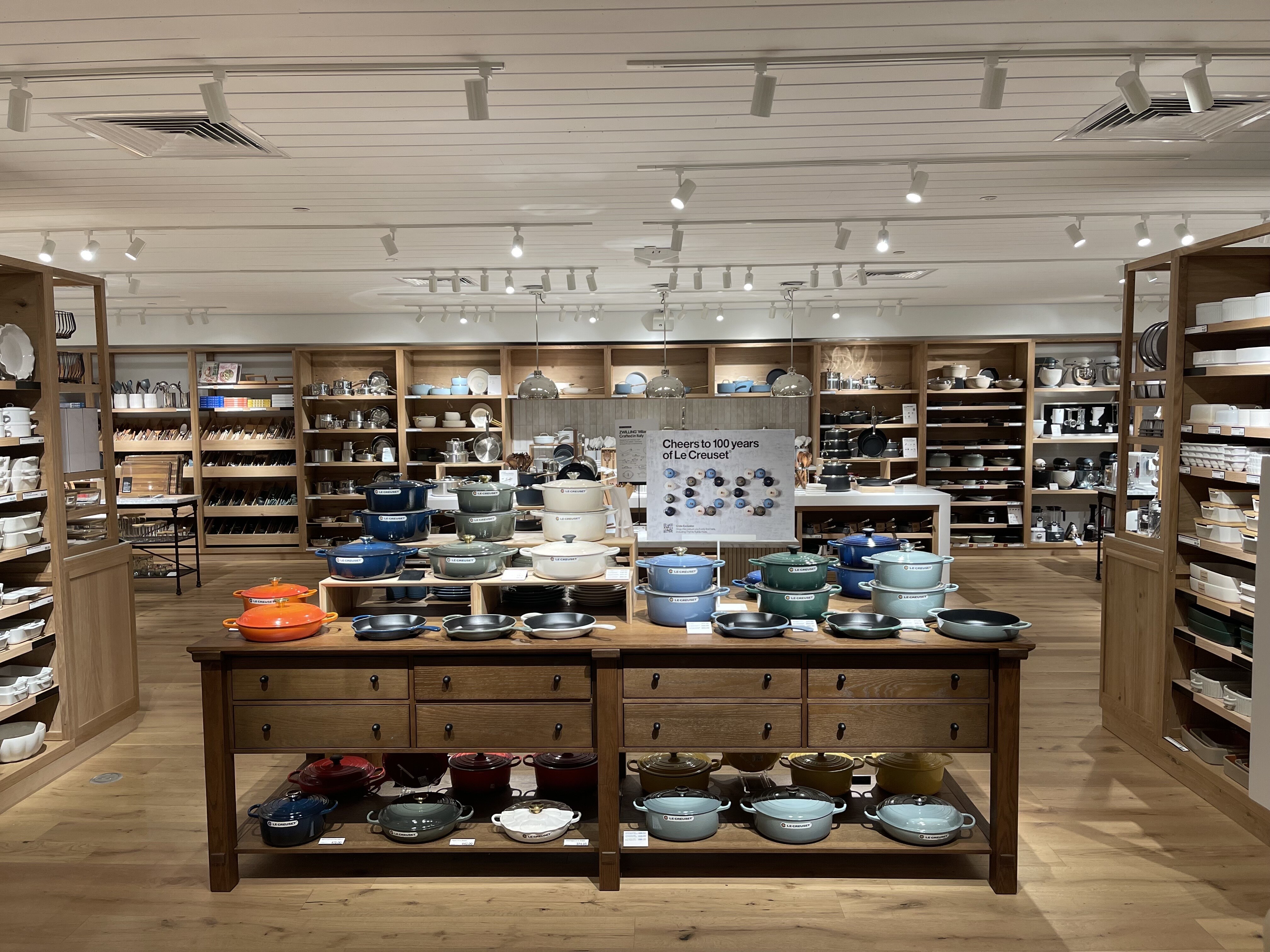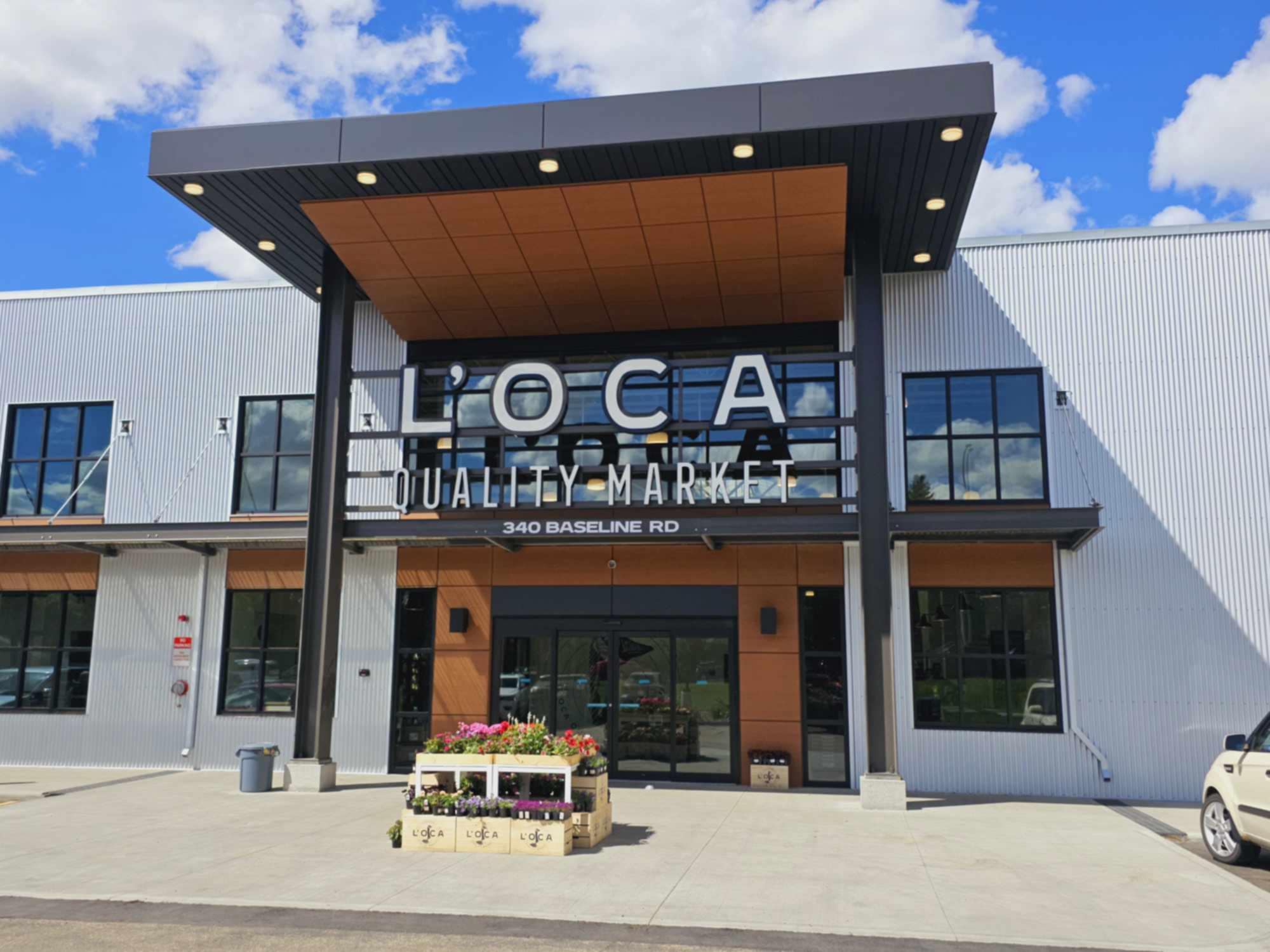Retailers in the Greater Toronto Area must proactively adapt to the evolving dynamics of the real estate market. This entails closely monitoring areas experiencing growth and staying informed about new real estate projects that might present expansion opportunities, says a new retail report by commercial real estate firm JLL.
“Retailers should actively monitor the expansion of real estate projects and the growing demand for retail space. As these projects evolve and scale up, retailers should be prepared to seize opportunities for expansion,” said the report.
“Retailers should closely consider transit-oriented projects that have the potential to significantly expand their trading area. These projects provide access to a broader customer base and allow retailers to enter new markets.”

The report said driving factors for retail space growth in the GTA include:
- Population growth. The outlook for population growth certainly makes the GTA an area of interest for retail. As the top destination for newcomers, its population is expected to exceed 10 million by 2046 – up from only 6.2 million in 2021;
- Economic growth. As the country’s hub for finance, technology, and health care, the GTA should continue to be one of the earliest (or the first) landing places for international retailers and retail innovation;
- Housing development. The focus on high-density, mixed-use projects in growth areas and along transit corridors is bringing easy access to retail, services, amenities, and employment. Far higher housing demand than supply – which is currently creating affordability challenges – should continue to fuel further housing and retail construction; and
- Transit and infrastructure development. Despite proceeding more slowly than desired, the construction of new subway lines and the expansion of GO Transit opens opportunities for increased accessibility and foot traffic, increasing retail demand.
Paul Ferreira, Senior Vice President, Retail Brokerage, JLL Canada, said the dynamics in place in the GTA are similar to what many other major markets in Canada, such as Vancouver, are facing.

“We have a race to bring more residential supply to help with our housing crisis. They’re all going to face a lot of these same kinds of pressures,” he said.
“We are continuing to see consistent residential growth in the GTA and all of southern Ontario quite frankly. All of our secondary markets are growing. What we used to consider non-growing secondary tertiary markets, we’re seeing a lot of growth in those markets now.
“Our message to retailers is they really need to be keeping track of where residential growth is because we’re seeing growth everywhere now. Where we used to have markets that were flat to declining, we’re seeing growth everywhere. So what does that mean for their current store networks? Does that mean they need to adjust to see where that growth is coming and make sure that they’re well-positioned to service it? And make decisions on their store network.”

Ferreira said in the GTA there’s a particular sensitivity to understanding where this growth is. While there is still some greenfield growth taking place around the GTA, there are also a lot of proposals for more density than “we’re used to ever seeing.”
“We have nodes that as time has gone on developers have gone back and gotten more density and the proposals have gotten even denser,” he said. “That’s bringing even more people in.
“When you have a large master-planned (project) or redevelopment that’s a lot easier to deal with the retail component. You can plan for it. You’ve got one developer making decisions. When you have some of these nodes that have multiple developer proponents, in many ways the retail is what makes these areas vibrant, what makes these areas communities, providing services, providing places for people to gather. But when you have individual properties that are brought forth sometimes as much as municipalities master plan and do secondary plans on these areas, sometimes the retail is not as cohesive as it should be.
“And that’s when you start to get retail that may not be as great as it could be when it doesn’t have the proper infrastructure, the proper access, the proper exposure where the spaces aren’t designed to be able to accommodate not just the tenant for today but the kind of tenants we need for the future.”
Ferreira said the power centres that were built in the late 1990s and early 2000s, many of them are still successful and 100 per cent leased and could add more space if the developers wanted to, but these are now redevelopment targets.
“So we have a lot of retailers that are going to be displaced over the next decade as their leases come up and these power centres enter their phase of redevelopment into mixed-use projects. That’s something to be aware of, making sure that we can re-accommodate these retailers and thriving retail because a lot of those shopping centres are fulfilling regional shopping needs not just local. A lot of the retail that’s coming back that we have seen in proposals is more local in nature – providing a grocery store, a drug store, some service uses. But not necessarily a place for those regional retailers to come back into,” he said.

The report said developers need to prioritize the development of infrastructure that supports the success and growth of retailers. This includes ensuring business exposure, easy access for customers, ample parking, efficient logistics for receiving goods, availability of outdoor restaurant patios, and sufficient retail space with desirable features like high ceilings and minimal obstructions such as columns. Developers may need support from municipalities in this regard.
“Developers and retailers are successful if they prioritize and elevate the overall shopping experience, ensuring that retail spaces are not downgraded or compromised − especially when redeveloping shopping centres. Thoughtfully designed retail spaces foster thriving retail environments and have the power to attract both local shoppers and visitors from neighbouring areas,” said the report.
JLL said municipalities should take a more holistic approach to planning growth areas, giving equal weight to commercial and residential aspects. This includes master planning commercial areas, protecting them from displacement by residential expansion, and incentivizing developers to meet the diverse needs of retailers.
“Municipalities should offer incentives to developers to foster the inclusion of a range of retailers. They should also pay attention to the challenges faced by smaller retailers who might lack bargaining power, ensuring that their needs are met,” added the report.
“Municipalities must find a harmonious equilibrium between the economic forces driving residential expansion and the preservation of retail areas. Safeguarding established retail nodes and nurturing a vibrant retail sector within the community are critical.”
JLL said almost two-thirds of population growth in the next five years will come from outside the city of Toronto. Milton is expected to be the fastest- growing municipality, with 25 per cent population growth from 2022 to 2027. Brampton’s population should grow by more than 100,000 from 2022 to 2027. Halton is the fastest- growing region, with 12 per cent population growth from 2022 to 2027.














The only expansion that will thrive will be dollar stores and thrift stores. That’s the real state of the economy right now. The mess is just getting started